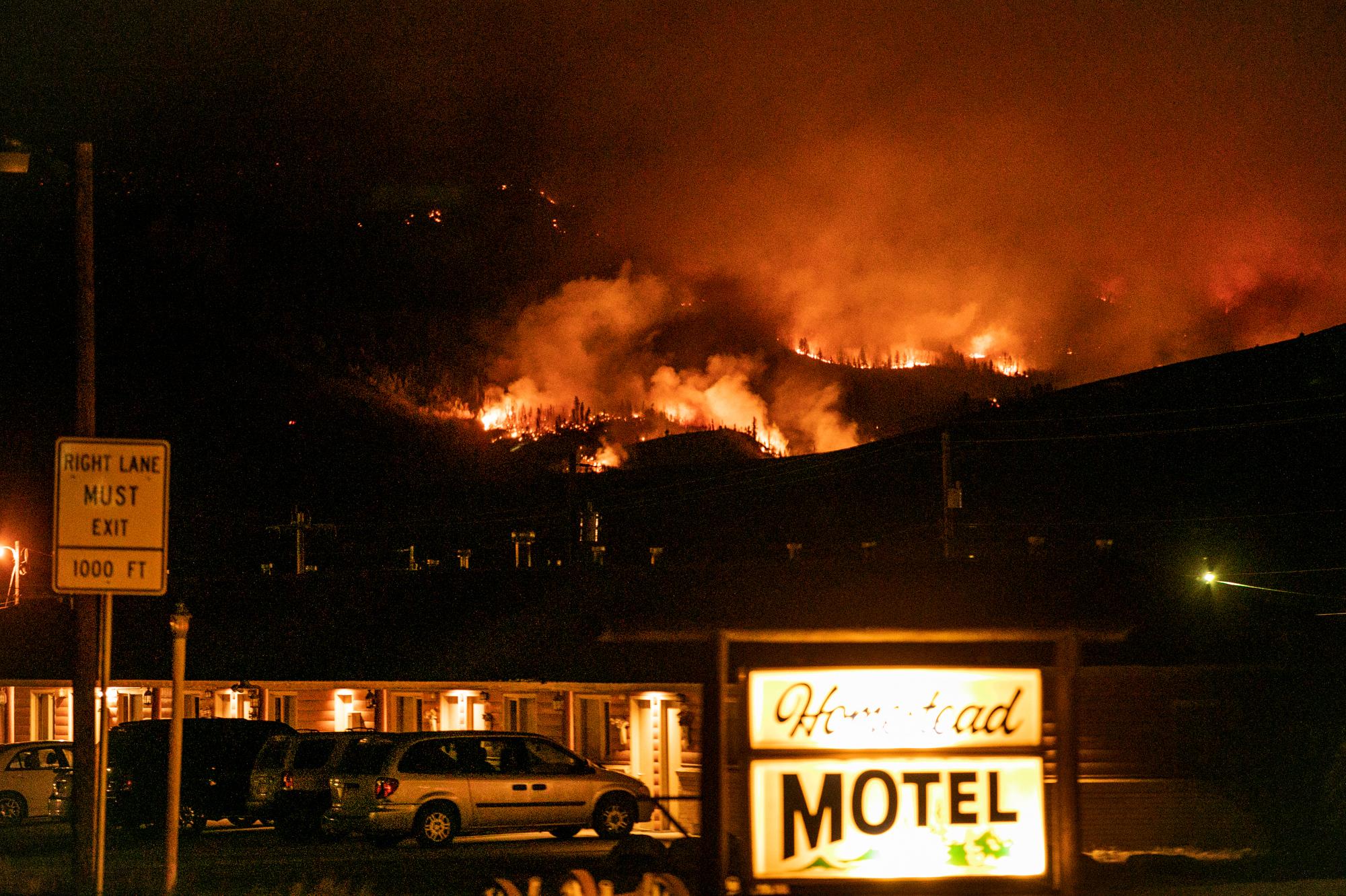
Colorado will likely have a harder time holding onto its critical water resources as temperatures rise over the next few decades. In fact, the overall amount of water in the state’s streams and stored in mountain snowpack could drop between 5 and 30 percent by 2050.
That’s just one conclusion in the new Colorado Climate Report, an analysis from state climatologists synthesizing recent research to help manage the effects of global warming. The state released previous editions in 2008 and 2014.
The latest report suggests Colorado will likely experience more frequent droughts and heat waves. Air quality will likely suffer as higher temperatures drive more wildfires and bake higher levels of ozone pollution into the air along the Front Range.
Lead author Becky Bolinger, a researcher at Colorado State University and the assistant state climatologist, acknowledged the report might sound like another serving of bad news, but she noted global efforts to cut climate-warming emissions have made some worst-case climate scenarios less likely.
“We’re actually on a more regulated path because of action taken by local, state and federal governments. As long as we continue on those, we’ll be more on a middle-range scenario,” Bolinger said.
At the same time, the reality of warmer temperatures is now clearer than ever. The report notes Colorado's statewide annual average temperature has climbed 2.3 degrees Fahrenheit from 1980 to 2022, with the fall season experiencing the greatest overall increase. That rise closely aligns with what scientists predicted in the early 2000s.
All parts of Colorado can expect further warming over the coming decades. By 2050, the report suggests the state’s annual average temperature could rise another 1 to 4 degrees, given current expectations for continued fossil fuel usage and other types of climate-warming pollution.
That increased warming will likely drive more frequent heat waves and more frequent and larger wildfires, which will continue to occur further outside the state’s traditional summer fire season. Rising global temperatures are also expected to create prime conditions for ground-level ozone, a hazardous lung irritant that forms in the atmosphere when other pollutants are exposed to heat and sunlight.
What’s less certain is the overall impact on precipitation levels and related weather events, including flooding, windstorms, winter storms, and thunderstorms.
In general, Bolinger said it is clear other parts of the country will get wetter in a warmer climate. That’s because a hotter atmosphere can hold more moisture, leading to greater amounts of rain and snow.
The calculus in Colorado is more complicated due to its dry climate and distance from large bodies of water. Since most precipitation is delivered via complex weather systems, it’s unclear if the state will see more or less moisture as the atmosphere warms, Bolinger said.
“We know that we could experience an increase in extreme and heavy rainfall, and we know that we can experience an increase in the frequency of droughts,” Bolinger said. “Which one ends up dominating the entire annual average of precipitation is difficult to tell.”
The updated report warns Colorado’s overall water resources will likely suffer in any event. Bolinger said that’s a simple side effect of heat, which drives evaporation and steals water away from streams and reservoirs.
In addition, Colorado’s snowpack is already melting earlier than usual, meaning less water is available later in the summer for municipalities, farmers, and ecosystems. The report found the trend is expected to continue, with snow accumulation peaking earlier in the season and melting into runoff sooner than decades before.
Bolinger said those compounding effects will likely have broad impacts on Colorado’s water systems, which currently rely on snowpack to deliver a steady supply of water deep into the summer.
“That efficiency will be reduced by warmer temperatures, and we will have less runoff and less available as water supply to us,” Bolinger said.
- Plan for water cuts from 3 Western states is enough to protect Colorado River, federal officials say
- A new tool designed to put environmental justice on the map in Colorado has faced a rocky rollout
- Campaign to protect natural gas at the Colorado ballot box gains momentum and money
- As the world ends the hottest year recorded, scientists say it’s getting harder to predict Colorado’s climate








